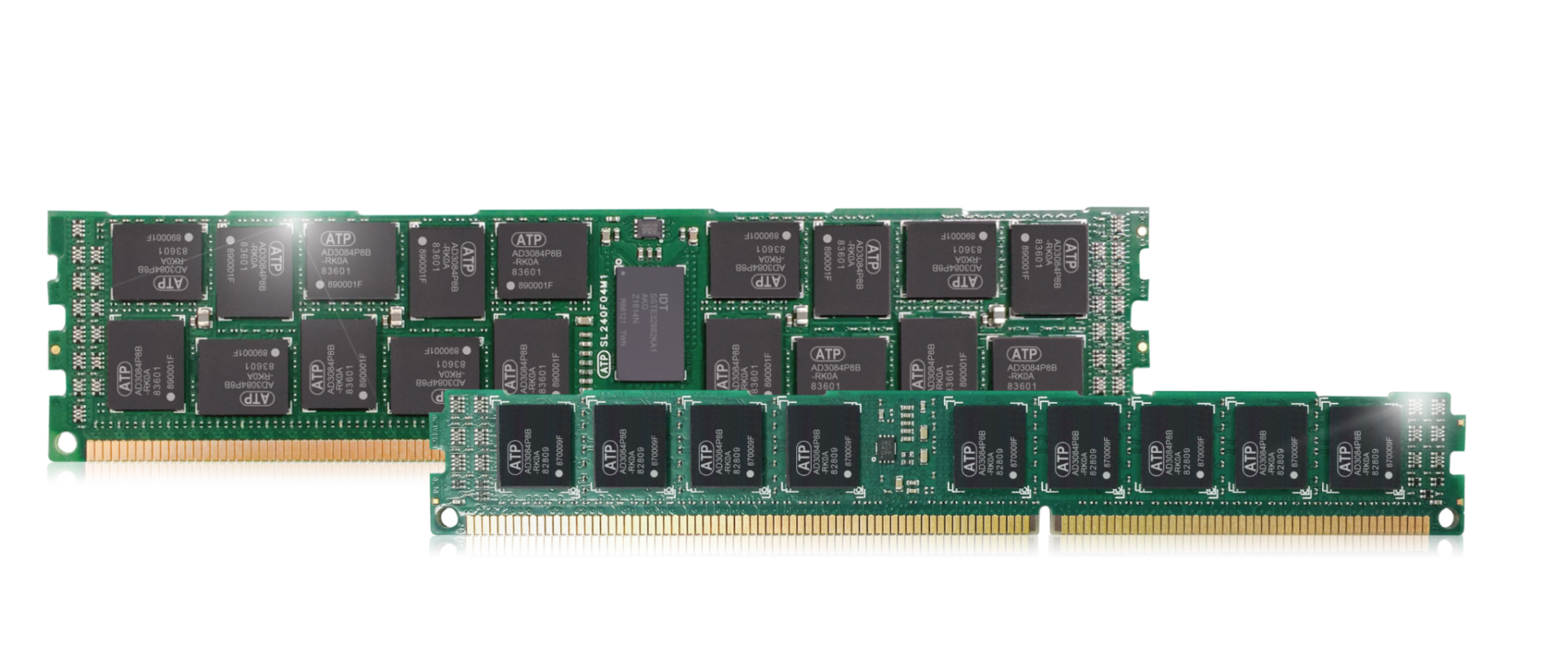Since DRAM burst onto the scene in the late 1960s it has truly revolutionised computing systems at every level and it is not stopping with its latest incarnation, DDR4. DDR5 is also widely reported to be available from 2022, according to various industry sources.
Implementing DRAM into new-build systems might not be as straightforward as buying it off-the-shelf to plug in and play. In many cases, the latest DRAM doesn’t necessarily equate to the best solution and can cause systems to work ineffectively or even fail. By understanding the requirements of the system and what information is being processed first, memory (and to a certain extent storage) can be looked at in more detail.
But why go to all this bother? Memory is memory, isn’t it? Not quite. It comes in multiple lengths and thicknesses and with different capacities and performance. It’s like buying a car—each has pros and cons, some are similar and some are vastly different.
For specialised applications, rather than personal computers and desktops, an older type of DRAM such as DDR1, DDR2 or DDR3 could be suitable as it may have the performance characteristics required to run the application, such as a lower capacity and speed.
For projects that may require longevity, in some cases ten years plus, simply upgrading to the latest DRAM is not an option. Units could be deployed globally, perhaps in remote environments where it is not possible to maintain them. If something does go wrong, then a like-for-like replacement would be needed. This is why we do not expect to see legacy DDR1, DDR2 and DDR3 disappearing anytime soon. There is still a requirement for long-term projects across a wide variety of industries. When the likes of DDR1, 2 and 3 were initially designed in, obsolescence would have (hopefully) been taken into account.

Some of the more specialised DRAM manufacturers, such as ATP Electronics, still supply DDR1, DDR2, DDR3 and even SDRAM for industrial markets. Earlier we mentioned that DRAM comes in different sizes and capacities and ATP manufactures a wide range of these solutions at their state-of-the-art facility in Taiwan. It’s true to say that ATP offers a complete DRAM and SDRAM portfolio.
Two of the top three manufacturers of DRAM, Samsung and SK Hynix, don’t really ‘do’ legacy (DDR1 & DDR2) as they are focused on the mass consumer market, which is why there is still a place for specialist manufacturers. Micron, however, has an indirect involvement in the DDR2 market and has a license agreement with ATP to manufacture legacy Micron DDR2 SO-DIMMS, UDIMMS and RDIMMs. DDR2 is still widely used in the USA, Europe and Japan in high reliability and mission-critical environments. As Micron naturally wants to move onto newer technology, it makes perfect sense that a module house such as ATP continues manufacturing DDR2 for demanding applications after Micron announced end of life (EOL) notices for these modules. ATP manufactures these DDR2 modules according to the equivalent specifications and testing/validation processes of the respective Micron part number.
There are more steps in the manufacturing process for new DRAM, which can lead to more defects and other failures when compared to legacy DDR1, 2 & 3. The tolerance requirements for newer modules are also much tighter, which gives a smaller process window in which the Fabs and tools must operate. These tight process windows frequently shift unexpectedly, causing yield problems and worsening quality. In extreme cases, the suppliers are forced to scrap or downgrade a large portion of their line, which interrupts the supply of memory to their customer base. All new designs must go through lengthy debugging cycles. For an industrial application this could put the customer base at risk, as it may take months or even years to fully implement changes in the production process. Product support on legacy DRAM overcomes these problems as it has a robust manufacturing process, consistent performance and low failure rates, plus it is not prone to part change notifications.
ATP DRAM modules meet the growing need for accelerated performance in memory-intensive and HPC applications to keep up with escalating data process requirements as the Internet of Things and Industrial IoT become more universal. ATP DRAM memory modules deliver robust performance, durable build and the right density for the toughest workloads. Coupled with additional value services such as; fixed bill of materials, industrial temperatures, conformal coating and anti-sulfur resistors, ATP DRAM becomes a very attractive proposition indeed.









